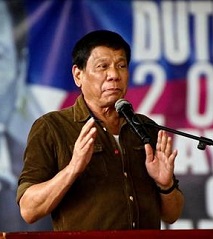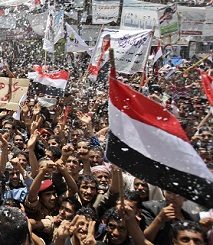
The Meaning of Armored Vehicles Rolling Toward Standing Rock
Source: YES! Magazine
When opposition to the Dakota Access pipeline galvanized the support of hundreds of US tribes, it became an unprecedented show of Indian Country unity and resolve.
Now, it’s a global indigenous movement.
Members of tribal communities from around the world have joined in activism led by the Standing Rock Sioux Tribe. A Sami group from Norway was the latest to arrive on Friday. This resistance campaign, many say, has emerged as part of a greater global crisis — a united struggle in which indigenous lands, resources, and people are perpetually threatened by corporations and governments often using military force. Integral to this shared narrative is the routine ignoring of treaties.


